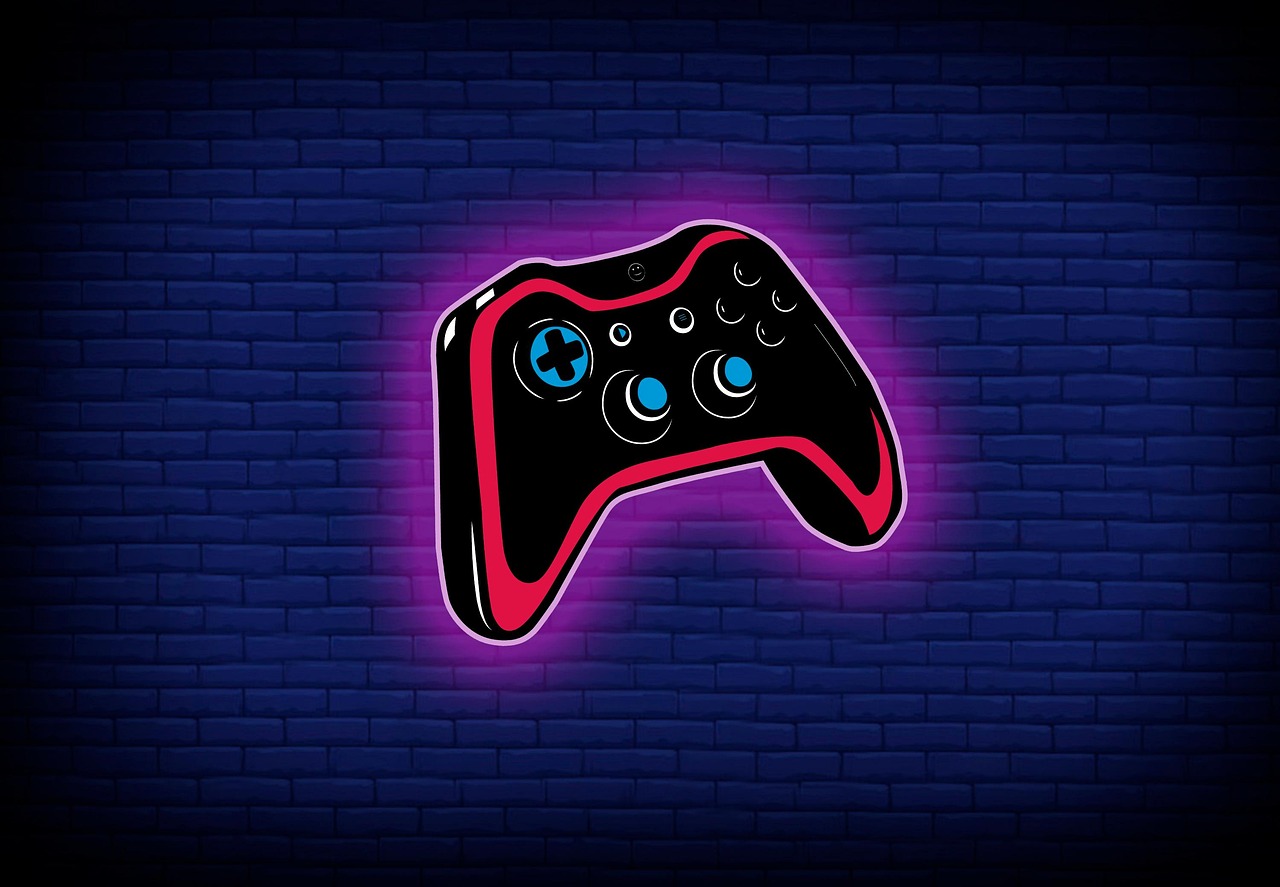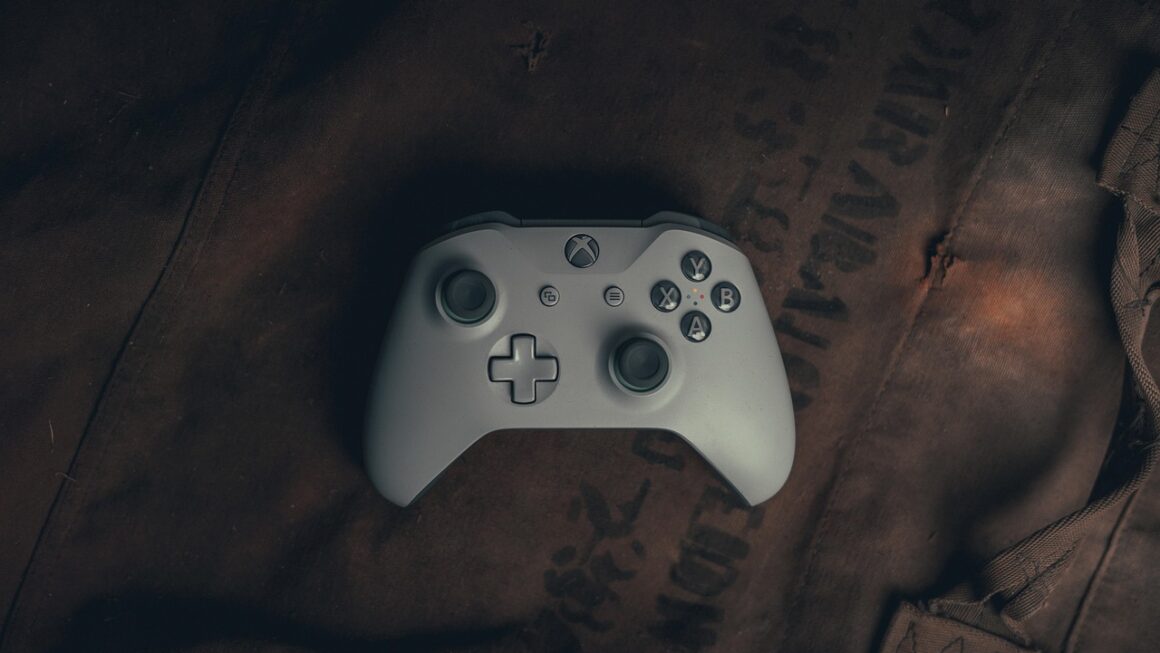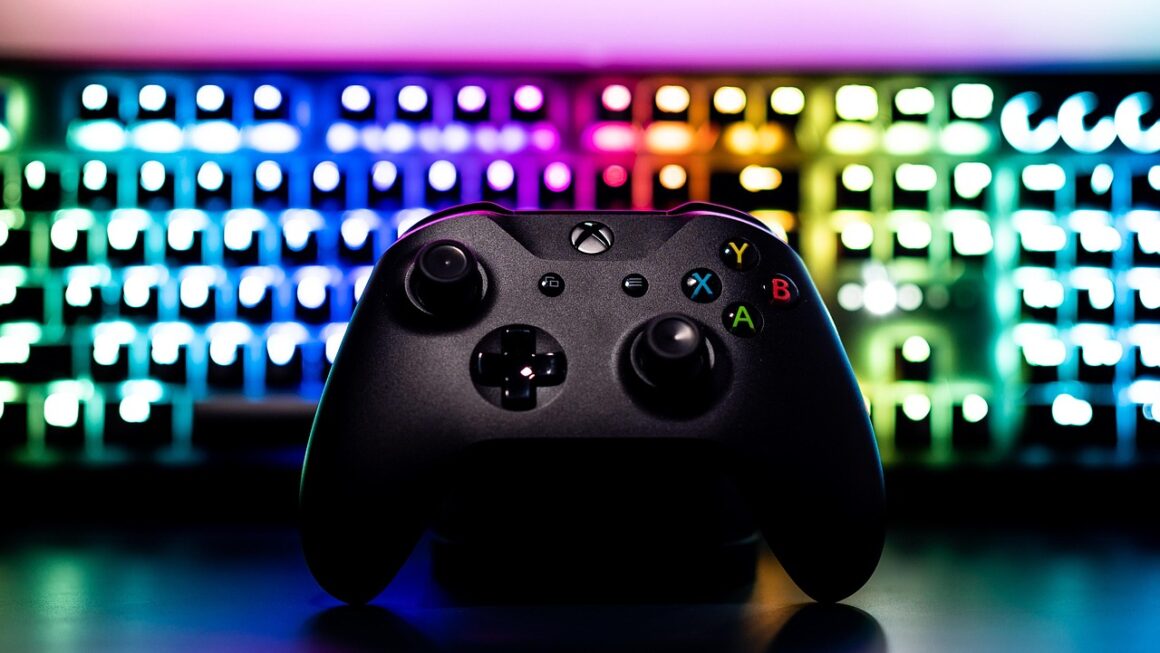The world of online gaming is vast and varied, but few genres have achieved the enduring popularity and competitive fervor of the Multiplayer Online Battle Arena, or MOBA. From its humble beginnings as a mod for StarCraft, the MOBA genre has evolved into a global phenomenon, captivating millions with its blend of strategic depth, fast-paced action, and team-based gameplay. This article delves into the core elements of MOBA games, exploring their history, mechanics, popular titles, and the reasons behind their lasting appeal.
What Exactly is a MOBA?
Defining the MOBA Genre
At its core, a MOBA is a team-based strategy game where two teams of players compete against each other on a pre-defined map. Each player controls a single “hero” or “champion” with unique abilities and roles. The ultimate goal is typically to destroy the opposing team’s main structure, often referred to as the “Ancient” or “Nexus”.
Key characteristics of MOBA games include:
- Team-Based Combat: Success depends on effective teamwork, coordination, and communication.
- Hero Selection: Players choose from a diverse roster of heroes, each with distinct strengths, weaknesses, and roles.
- Lane-Based Gameplay: The map is usually divided into lanes, which are paths connecting the two teams’ bases.
- Creep Waves: Non-player characters (NPCs), known as “creeps” or “minions,” spawn regularly and march down the lanes, engaging in combat.
- Strategic Objectives: Players must balance farming (collecting resources), ganking (ambushing enemy heroes), pushing (advancing down lanes), and defending their own base.
- Item Progression: Heroes gain experience and gold by killing creeps and enemy heroes, which allows them to level up and purchase items to enhance their abilities.
The Origins of the MOBA: From Mod to Genre
The MOBA genre can be traced back to a custom map created for StarCraft called “Aeon of Strife.” This map inspired the popular Warcraft III mod, “Defense of the Ancients” (DotA), which is widely considered the progenitor of modern MOBAs. DotA’s success led to numerous iterations and eventually spawned standalone games like League of Legends and Dota 2, cementing the MOBA genre’s place in gaming history.
Core Gameplay Mechanics
Hero Roles and Composition
One of the most crucial aspects of MOBA games is the diversity of hero roles. A well-balanced team composition is often the key to victory. Common hero roles include:
- Carry: Heroes designed to become incredibly powerful in the late game, dealing massive damage. Example: A marksman hero in League of Legends, like Ashe, relies on acquiring items to scale their damage output.
- Support: Heroes focused on protecting and assisting their teammates, providing crowd control, healing, and vision. Example: A support hero like Sona in League of Legends provides healing and shields to allies.
- Tank: Heroes with high health and defenses, designed to absorb damage and initiate fights. Example: A tank hero like Braum in League of Legends can shield allies and disrupt enemy formations.
- Mage: Heroes that deal damage using magical abilities. Example: A mage hero like Syndra in League of Legends relies on burst damage from her spells.
- Assassin: Heroes that excel at quickly eliminating high-value targets. Example: An assassin hero like Zed in League of Legends excels at quickly killing enemy carries.
Understanding the strengths and weaknesses of each role and how they interact with each other is essential for successful team play.
Map Awareness and Strategic Decision-Making
MOBA maps are designed to promote strategic gameplay. Warding (placing vision-granting items), controlling objectives (like towers and neutral monsters), and anticipating enemy movements are all crucial for success. Effective map awareness allows players to:
- Avoid Ganks: Seeing enemy heroes approaching allows you to retreat to safety.
- Set Up Ambushes: Knowing where the enemy is allows you to coordinate ganks.
- Secure Objectives: Controlling vision around objectives like Dragon or Baron Nashor (in League of Legends) makes it easier to secure them.
Strategic decision-making also involves knowing when to farm, when to push, when to defend, and when to engage in team fights. Effective communication and coordination with teammates are vital for making these decisions.
Popular MOBA Games
League of Legends (LoL)
League of Legends, developed by Riot Games, is one of the most popular MOBA games in the world. With a massive player base and a thriving esports scene, LoL offers a diverse roster of over 160 champions and a constantly evolving metagame. Key features include:
- Free-to-Play Model: LoL is free to download and play, with optional cosmetic purchases.
- Regular Updates: Riot Games consistently releases new champions, items, and gameplay changes.
- Ranked System: A competitive ranked system allows players to climb the ladder and prove their skills.
Dota 2
Dota 2, developed by Valve Corporation, is another titan of the MOBA genre. A direct sequel to the original DotA mod, Dota 2 is known for its complex mechanics, strategic depth, and high skill ceiling. Some key aspects of Dota 2 include:
- Deep Strategic Gameplay: Dota 2 features a vast array of items, abilities, and strategies.
- The International: Dota 2’s annual world championship tournament, The International, boasts some of the largest prize pools in esports history.
- Free-to-Play: Dota 2 is free to play, with cosmetic items available for purchase.
Other Notable MOBAs
While League of Legends and Dota 2 dominate the MOBA landscape, other notable titles include:
- Heroes of the Storm: A MOBA developed by Blizzard Entertainment featuring characters from various Blizzard franchises.
- Smite: A third-person MOBA that offers a unique perspective on the genre.
- Mobile Legends: Bang Bang: A popular MOBA designed for mobile devices.
The Appeal of MOBAs: Why Are They So Popular?
Strategic Depth and Complexity
MOBAs offer a high level of strategic depth and complexity, requiring players to master numerous skills and concepts. This complexity is a major draw for players who enjoy challenging themselves and constantly learning new strategies.
- Constant Learning: The metagame is constantly evolving, forcing players to adapt and learn new strategies.
- Strategic Team Compositions: Drafting the right heroes for the team is critical to winning games.
- Map Control and Vision: Warding the map, and knowing where the enemy is at, are important factors in securing advantages.
Competitive Gameplay and Esports
The competitive nature of MOBAs is another significant factor in their popularity. The thrill of competing against other players, climbing the ranked ladder, and potentially even participating in esports tournaments is a major draw for many gamers. The high skill ceiling and strategic depth of MOBAs make them ideal for competitive play.
- Ranked Ladders: MOBAs offer competitive ladders that track player skill.
- Esports Scene: Professional MOBA tournaments are very popular to watch and play in.
- Teamwork and Communication: Working together with teammates and communicating effectively is a skill in and of itself.
Social Interaction and Teamwork
MOBAs are inherently social games, requiring players to work together as a team to achieve victory. This social interaction can be a rewarding experience, fostering a sense of camaraderie and shared accomplishment.
- Teamwork Required: Requires you to collaborate with a team to win.
- Shared Goals: Shared goals and collaborative decision-making are key to success.
- Friendships Forged: Many players forge friendships with others through playing MOBAs.
Conclusion
MOBA games have evolved from humble beginnings to become a dominant force in the gaming industry. Their strategic depth, competitive gameplay, and social interaction make them endlessly engaging for millions of players worldwide. Whether you’re a seasoned veteran or a curious newcomer, the MOBA genre offers a unique and rewarding gaming experience. So, choose your hero, gather your team, and prepare to battle your way to victory!




